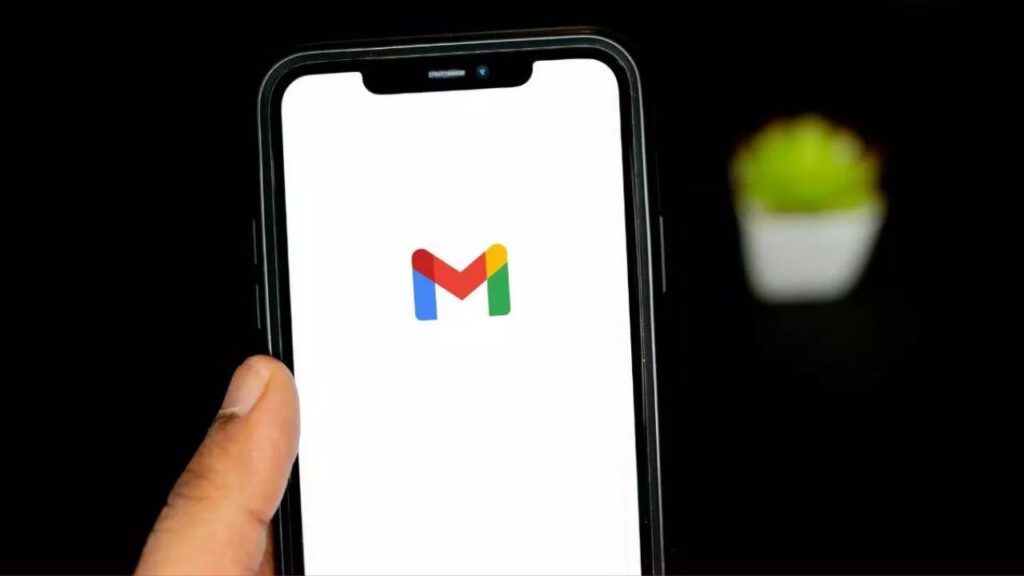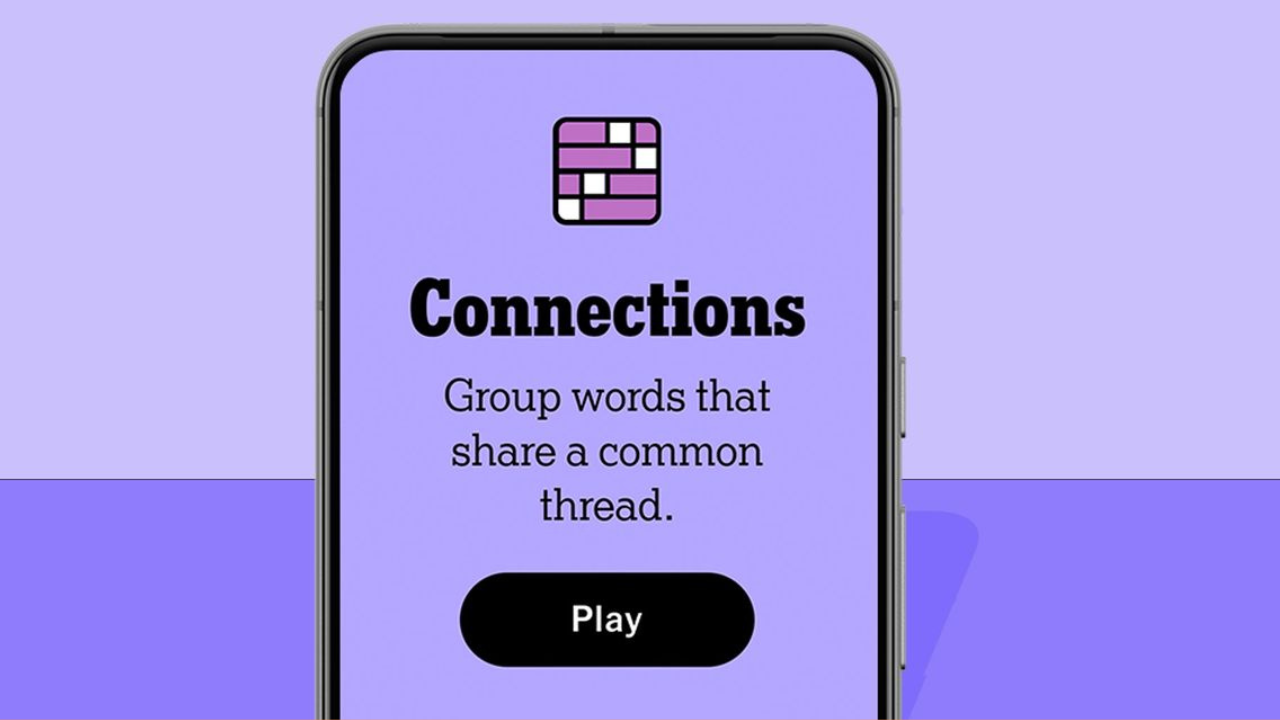Artificial Intelligence (AI) has brought an incredible transformation to the tech world. Its potential spans across industries, from automating routine tasks to enabling breakthrough innovations. However, as AI’s capabilities expand, so does its misuse. Recently, a new AI-powered scam targeting Gmail users has surfaced, and it’s sophisticated enough to fool even those with some tech knowledge.
The Rise of AI in Cybercrime
As tech security improves, cybercriminals are devising more advanced ways to bypass these protections. Leveraging AI tools, they have developed new tactics that mimic legitimate interactions, making it harder for victims to identify scams. A recent incident reported by Sam Mitrovic, a Microsoft solutions consultant, illustrates just how dangerous these AI-powered scams can be.
Mitrovic’s experience reveals the lengths scammers are now going to trick Gmail users into revealing sensitive information. He shared his encounter with an AI-generated phishing attempt to warn others about the growing threat.
Fake Google Recovery Calls
Mitrovic started receiving a series of account recovery notifications and phone calls, allegedly from Google, about unauthorized access to his Gmail account. At first, he ignored them, which is a common safety measure. However, after repeated attempts, he decided to answer one of the calls to investigate further.
The scammer, posing as a Google representative, informed Mitrovic that his account had been accessed from Germany a week prior and that his personal information was compromised. While these types of calls are often intimidating, the goal is to scare the victim into following the scammer’s instructions.
A Voice That Sounds Human
One of the most unsettling aspects of this scam is the use of AI-generated voices. During the call, Mitrovic noticed that the “Google agent” spoke with an American accent, even though the call originated from Australia. This discrepancy made him suspicious, prompting him to dig deeper. What he discovered next was even more alarming—the voice he was hearing wasn’t human, but an AI-generated replica.
Why You Can’t Trust Caller IDs Anymore
To make the scam appear legitimate, the attackers used a technique known as “number spoofing,” making it seem as though the call came from a verified Google number. Even though the phone number appeared genuine when Mitrovic looked it up, it was, in fact, faked. This highlights how scammers can manipulate phone numbers, so trusting caller IDs is no longer a reliable safeguard.
Mitrovic, still uncertain, asked the scammer to send an email to confirm their identity. Upon receiving the email, it became clear that the sender was not Google. One of the addresses in the “To” field was blatantly illegitimate, further confirming the scam.
How to Protect Yourself
This incident showcases the growing sophistication of phishing attempts, especially as scammers adopt AI-driven strategies. It’s crucial to remain vigilant, as these scams are designed to pressure victims into making quick decisions. Here are a few takeaways to keep you safe:
- Do not engage with unsolicited account recovery calls or emails, especially if they come from unknown sources.
- Always verify phone numbers and email addresses independently, rather than trusting what’s provided during a suspicious interaction.
- Be cautious of AI-generated voices, which may sound convincing but are part of sophisticated scamming techniques.
- Do not click on account recovery links unless you requested them yourself.
By staying informed and skeptical, you can avoid falling victim to these increasingly realistic scams.




















